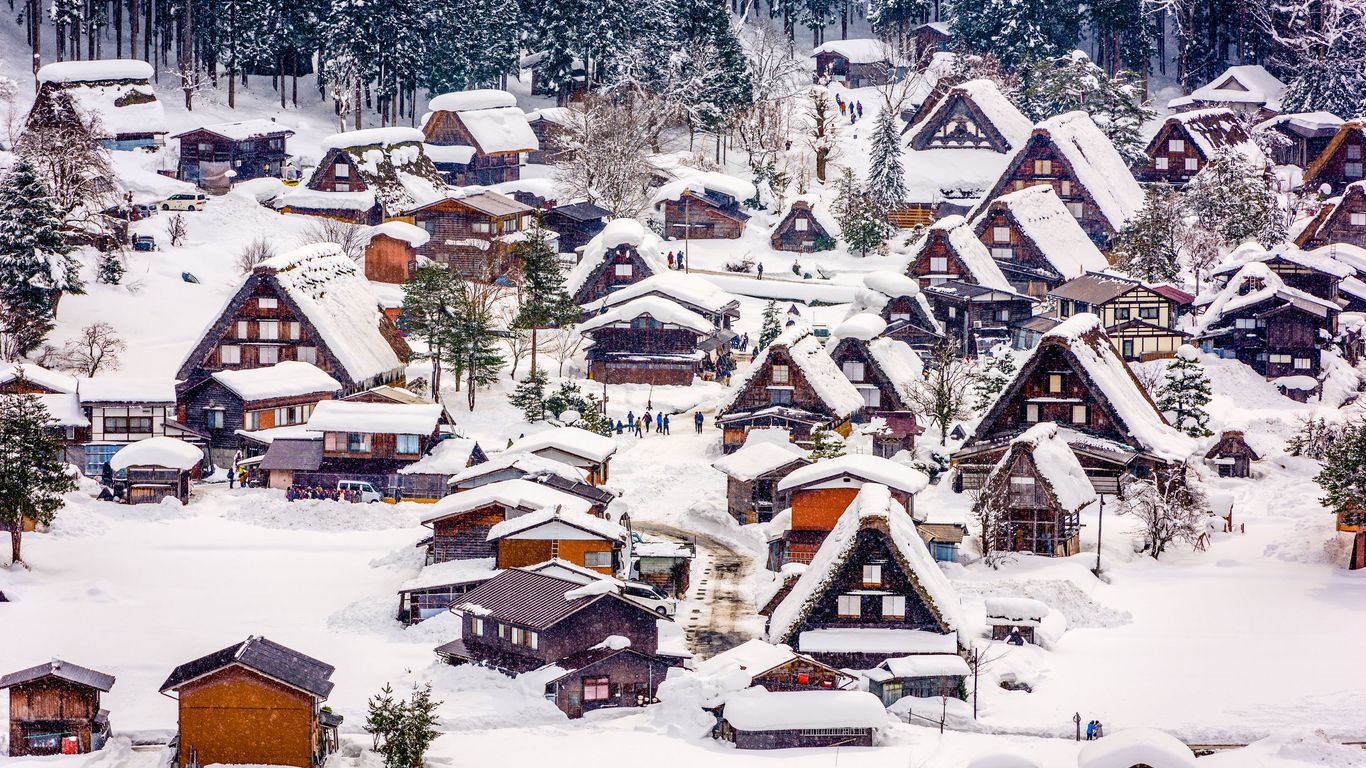Gifu Prefecture lies in the centre of Japan making it a central destination regarding both location and cultural significance, as a place of history, heritage and natural beauty, and home to over 2 million people. The built up communities range from small mountain villages to vast and influential cities, the capital of which is Gifu City. The prefecture is in the Chubu Region of Japan and acts as a connection between the east and west, landlocked and stable as the core of the country.
There are twenty-one cities in the Gifu Prefecture, the most dominant being Gifu City which hosts a range of international events and festivals, including global sports championships and traditional cormorant fishing. Takayama is another attractive city, with a charming historic district still preserved in its old style, hosting ancient architecture and products of its traditional pottery industry. Natural beauty is in abundance in the Gifu Prefecture, ranging from the hot springs above Takayama to the Northern Japan Alps, the best view of which is from the Shinhotaka Ropeway, a cable car 2,156 metres above sea level. The smaller and remote villages in the mountains are also worth a visit and the small settlement of Shirakawa Village is a UNESCO World Heritage Site containing tiny, quaint gassho Zukuri houses with snow covered roofs and unique views.
The gateway to the Gifu Prefecture is Nagoya Central Japan International Airport which has various transport links within the region and to the other main cities, including bullet trains between Osaka, Nagoya and Tokyo. Long distance highway buses and JR trains also serve the prefecture, with regular and reliable services to and within Takayama and Gifu City. The airports of Toyama and Komatsu also serve the area which is convenient for visitors travelling to the north of the Gifu Prefecture.
The area surrounding modern Gifu hosted many battles throughout Japanese history as part of the Yamato Court in the 4th century, including the Jinshin War fought to establish the 40th national leader, Emperor Temmu. From this heritage, the prefecture was a centre of sword making, although its modern industries revolve around fashion and engineering. Agriculture is also a core element of its past, as is cormorant fishing and the wood for these boats were from the trees of the north forests of Gifu Prefecture.





